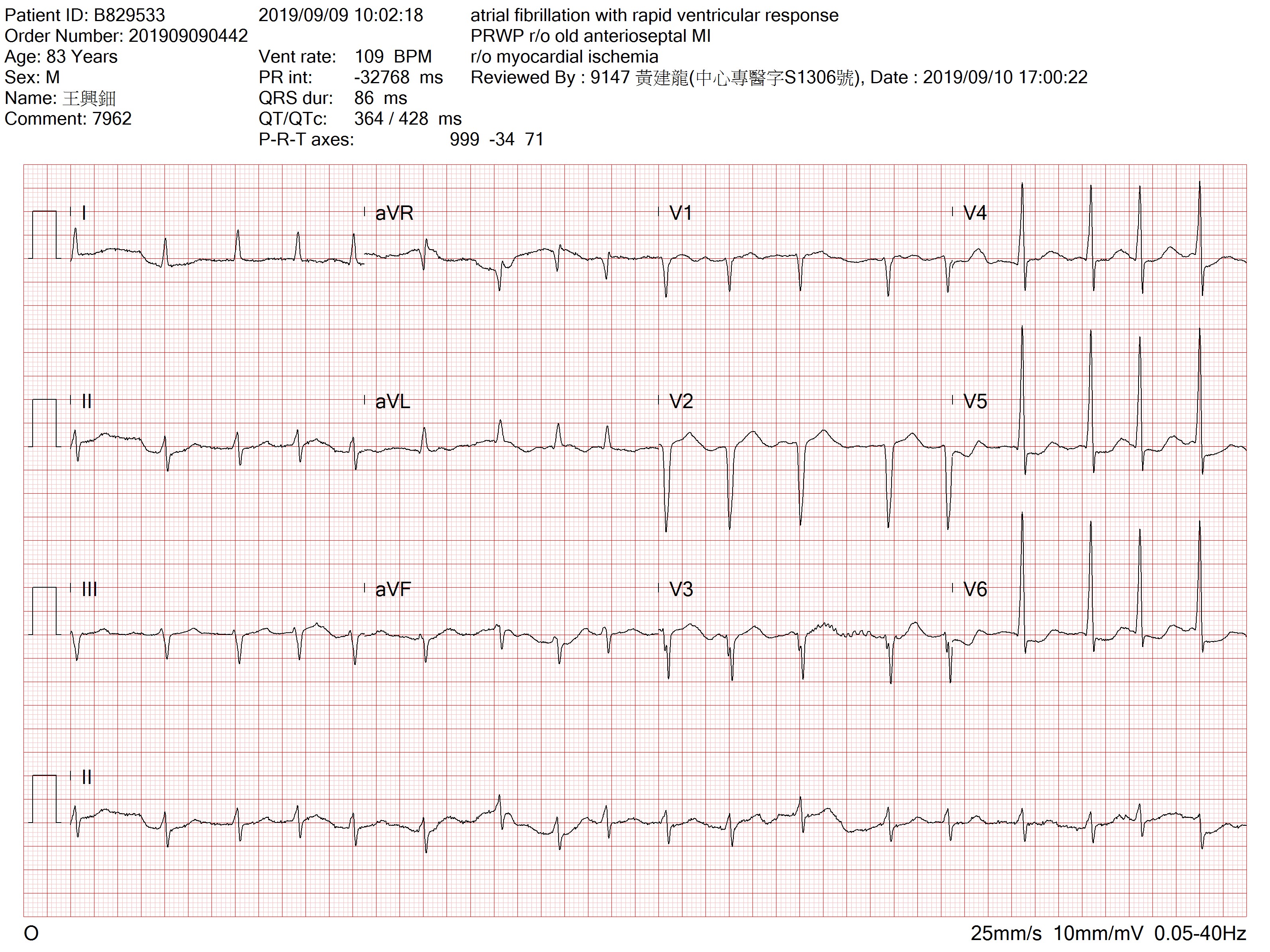Lots of interesting abstracts and cases were submitted for TCTAP & AP VALVES 2020 Virtual. Below are accepted ones after thoroughly reviewed by our official reviewers. Don¡¯t miss the opportunity to explore your knowledge and interact with authors as well as virtual participants by sharing your opinion!
* The E-Science Station is well-optimized for PC.
We highly recommend you use a desktop computer or laptop to browse E-posters.
CASE20191115_019
| CORONARY - Complex and Higher Risk Procedures for Indicated Patients (CHIP) | |
| Complete Revascularization Under Support of ECMO | |
| I-Fan Liu1, Tien Ping Tsao1 | |
| Cheng Hsin General Hospital, Taiwan1, | |
|
[Clinical Information]
- Patient initials or identifier number:
H.T.W
-Relevant clinical history and physical exam:
This 83-year-old male is a patient with CAD with LM and 3VD s/p CABG X 4 (LAD, LCX-P,PL-PDA) 1 year prior to this admission. He complained of dyspnea on exertion, chest tightness, leg edema, dizziness, abdominal fullness and weakness for 2-3 months. CXR showed bilateral pleural effusion. He was admitted for decompensated heart failure. The echo showed that LVEF was 23%. He also reported chest tightness. Coronary angiography was done.
-Relevant test results prior to catheterization:
The EKG showed atrial fibrillation and old anterior wall MI. The echocardiogram showed that LVEF was 23% and severe MR and TR.
 - Relevant catheterization findings:
1.LM- D/3 eccentric 80% narrowing. 2.LAD- P-M/3 area CTO, competitive flow. 3.LCX- Luminal changes, no retrograde flow. 4.RCA- PDA tandem lesions: near total. SVGs to LAD and LCx were not visualized. SVG to RCA was patent.
|
|
|
[Interventional Management]
- Procedural step:
ECMO was implanted before PCI. LMCA was engaged with an EBU 3.5 7F with side holes. A 3.5x15 mm balloon dilated LM-LCx. A Crusade catheter to assist LM-LAD wiring but failed. Another Pilot 50 wire was used for reversed wire but failed. Selected a Fielder FC wire for reversed wire technique, and it entered LAD and could be advanced to DB1. A Finecross microcatheter was advanced to proximal LAD and removed Fileder FC and a Runthrough wire could cross the nearly occluded and calcified mid-LAD and was advanced to distal LAD. A 2.0 x 20 mm balloon dilated the mid-LAD. IVUS checked LM-LCx and some plaque was noted at proximal LCx, the vessel diameter was 4-4.5 mm in proximal LCx and 5 mm in LM. IVUS also checked LAD and calcification over mid-LAD with vessel diameter 2.5-3.0 mm noted. A 2.25 x 15 mm NC balloon dilated the mid-LAD. A 2.25 x 22 mm DES was deployed. Post dilated with a 2.5 x 12 mm NC balloon. A 4.0 x 22 mm DES was deployed at LM-LCx with minimal protrusion into LM at 16 atm. Rewired LM-LAD with a Pilot 50 wire and removed the jailed Runthrough wire. A 4.5 x 12 mm NC balloon post dilated the LM at 18 atm as POT. IVUS LM-LCx showed good stent expansion and stent apposition. A Pilot 50 wire was advanced to distal PL batch. A 3.5 x 15 mm balloon dilated the lesion. A 3.5 x 23mm DES was attempted to insert into the lesion but failed due to angulation of mid-RCA. A Guidezilla catheter was advanced to close the lesion site. and was deployed. ECMO was removed after PCI.
- Case Summary:
PCI for CHIP patient is challenging. For post-CABG patients, complex PCI is usually the only revascularization option. Proper use of mechanical circulatory support is one of most important factors of success of the high-risk procedure.
|
|